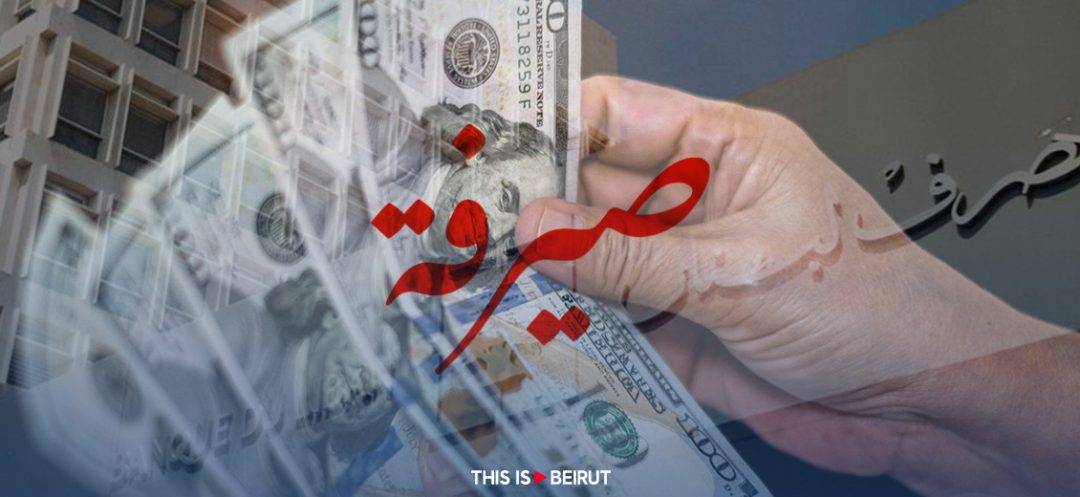Listen to the article
Without prior notice, Lebanon’s Central Bank (BDL) announced on Monday evening (December 18), by means of a simple statement, a new rate for the dollar on its Sayrafa exchange platform. It set the rate at 89,500 Lebanese pounds (LBP) to the dollar, marking an increase of LBP 4,000 from the rate that has been in effect since last June.
However, among the authorized exchange dealers in the market, the dollar-to-pound exchange rate was still at LBP 88,000 per dollar on Tuesday.
The adjustment in the Sayrafa rate seems to carry the advantage of preventing the Central Bank from incurring losses of LBP 4,000 for each dollar sold.
On the other hand, the pricing of mobile phone services, internet and the state-run electricity company (EDL) will be adjusted upwards, as their bills are calculated in LBP based on the Sayrafa exchange rate.
Regarding government employees, whose salaries are based on the Sayrafa rate in dollars, they will not face any disadvantage, contrary to initial assumptions.
Financial Incentives
In a promising development, government employees are expected to receive financial incentives labeled as a “productivity allowance” at the outset of 2024, in addition to the exceptional allowances paid every month since 2021 due to the devaluation of the pound. This would increase the volume of money in circulation by approximately two trillion pounds.
The substantial impact of this figure prompted a proactive move by the Central Bank, termed a “preventive decision,” to adjust the exchange rate on the Sayrafa platform in order to mitigate potential significant exchange losses in the future.
While a surge in the dollar’s value against the pound seems unlikely, at least for the time being, the BDL, in coordination with the Ministry of Finance, continues to closely monitor fluctuations in the supply of Lebanese pounds in circulation.
Inconsistencies in Revenue Dynamics
When considered from a broader perspective, the BDL’s intervention is expected to bring coherence to the Treasury’s financial landscape, paving the way for an increase in its revenues.
To illustrate, the computation of income tax, applicable to both businesses and individuals in foreign currencies, relies on three distinct exchange rates. These include the official rate of LBP 15,000, the prior Sayrafa rate of LBP 85,500 and the parallel market rate of LBP 90,000. A pivotal question arises regarding the rate at which the conversion from a robust currency to the pound will be executed.
Additionally, the value-added tax (VAT) imposed on the final consumer is determined by the parallel market’s exchange rate. However, among entrepreneurs, exempted from consumer classification under the definition outlined in Decree 11230 dated 18/4/2023, VAT is computed based on the Sayrafa rate.





